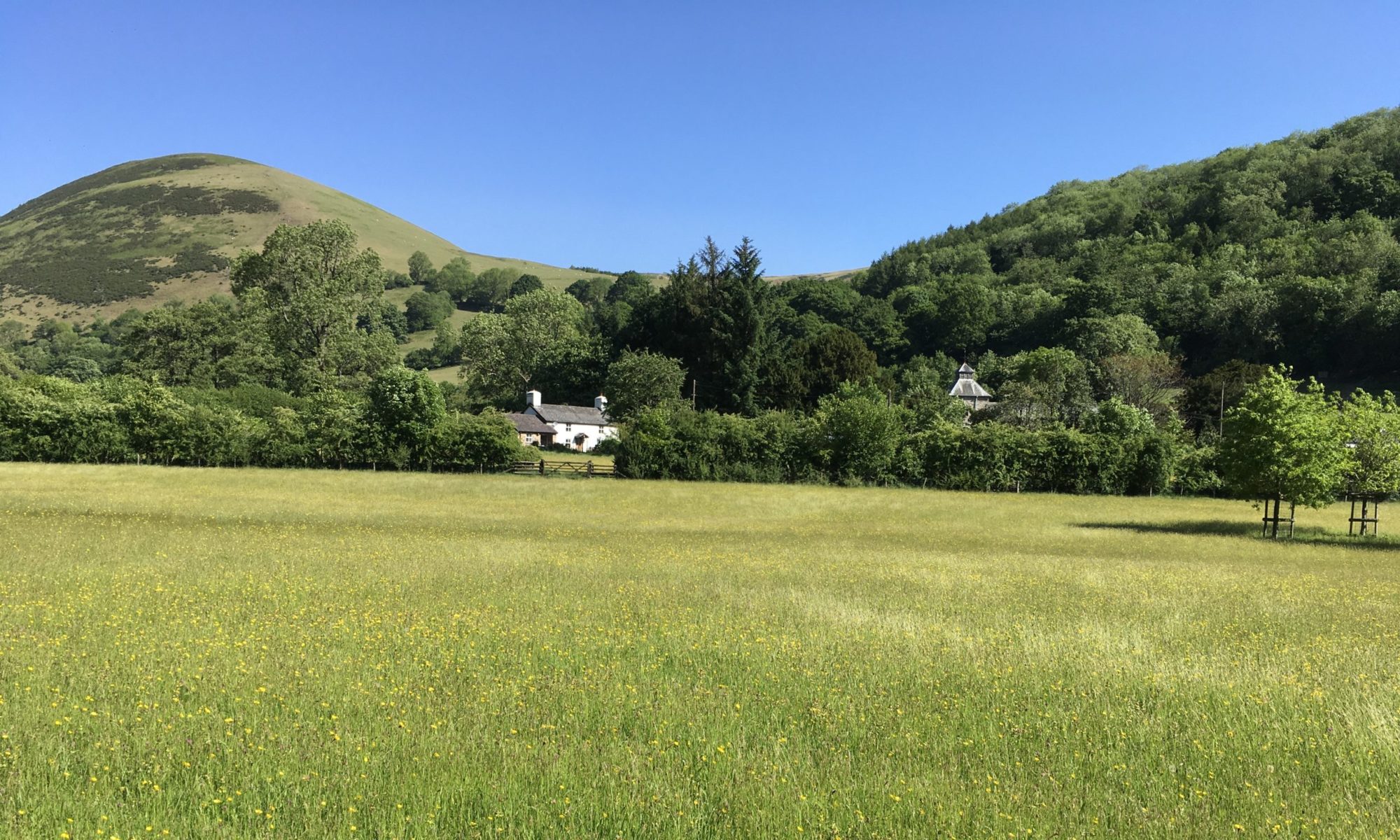‘Jesus was led by the Spirit in the wilderness, where for forty days he was tempted by the devil.’ From Luke 4:1-11.
“Opportunity may knock only once but temptation leans on the doorbell.”
Oprah Winfrey.
You may have heard the story of the frustrated motorist who had a pressing appointment to keep but couldn’t find anywhere to park. Eventually, he left a note on the dashboard saying that he’d been round the site 20 times but couldn’t find a space. The note ended with “Forgive us our trespasses”, part of the Lord’s Prayer. On return, he found a reply saying that the traffic warden had been round the area for 20 years and was obliged to issue a parking ticket as their job would otherwise be at risk. The reply also ended with a phrase from the Lord’s Prayer: “Lead us not into temptation.”
It was Oscar Wilde who said that he could resist anything except temptation but today’s Gospel is about the temptations facing Jesus in the wilderness, so perhaps we shouldn’t be too surprised when temptation comes our way as it did his.
The word temptation usually has a negative meaning in English but in Hebrew it can also mean testing. Coming after his baptism, there are different accounts in Matthew, Mark and Luke of Jesus’ time in the wilderness but all three Gospels say that the Spirit led him there. Although Mark just gives a brief reference to what happens, Matthew and Luke both give details of the scripture Jesus uses in his experience – but scripture is also used in part of the temptation. Psalm 91, (v11 and 12) is quoted whereas Jesus’ references are all from Deuteronomy and the wilderness experience of the Israelites after the Exodus from Egypt.
Luke’s account takes place in the wilderness and Jerusalem, the centre of power and worship for Jews. The wilderness was a location in Southern Israel – between the Mediterranean and the actual desert – where scrub would grow for animals to eat when there had been plentiful rain. As such, it could sustain life and provide food at times and, as Luke says that Jesus was not just hungry but famished, it’s not surprising that the first temptation is for him to abuse his power to provide food for himself. That’s followed by the suggestion that Jesus could gain authority over the kingdoms of the world and then also prove who he is by throwing himself from the Temple pinnacle for angels to rescue him in response to the temptations to respond to the taunts if you are the Son of God. As that word can also be translated as since you are the Son of God, this is subtle but Jesus responds by constantly affirming that it is God on whom he depends and so he eventually overcomes the spiritual battle being waged. What begins as temptation to abuse his power becomes a time of testing which Jesus does not fail – yet what sustained him was scripture from a time of great trial.
During their lengthy time in the wilderness, the Israelites spent a long time moaning and complaining about what was happening to them but their story of human weakness was one which later enabled Jesus to survive the challenges he had to endure. Jesus spent 40 days in the wilderness whereas Melangell, it’s thought, spent 10 or 15 solitary years in this beautiful but challenging valley, foraging for what food and shelter she could find, before her encounter with Brochwel. She found the courage to resist the temptation to give in to what others expected of her, saying no to both her father and Brochwel, but was found in prayer when the hare ran to her. Wrestling as she must have done with the change from her previously fortunate lifestyle and the reality of leaving her family in the way she did, clearly these experiences and the valley itself had become for her a place of spiritual preparation and strengthening for what was to come, unknown though that was. Her legacy lives on in this place of sanctuary, healing, hospitality and peace just as we in our turn will bequeathe the outcome of the priorities in our own lives and situations to those who come after us. Just as the actual wilderness may become fruitful when the abundant rains fall, so a time of testing enabled Melangell to become the saintly woman whose example has sustained pilgrims here down the years.
The same is so for us. We don’t know what lies ahead but the example of both Jesus and Melangell shows us that temptation can be overcome and that a time of testing may strengthen our relationship with God through prayer and care for those in need. Perhaps there are times for us when we have not been able to overcome temptation – but is it possible that spiritual growth came later as a result of what was learned through it? Lent is a time for asking difficult questions of ourselves and those around us and it’s clear in what’s happening in the leadership of our world today that the abuse of power can still be an ongoing issue. Jesus looked to the testing example of the Israelites and quoted from their story – whose example might sustain us today and what particular passages of scripture might we use to strengthen resolve in or after a time of temptation or self-indulgence? Or is that too testing a question?!
With my prayers; pob bendith,
Christine, Priest Guardian.

